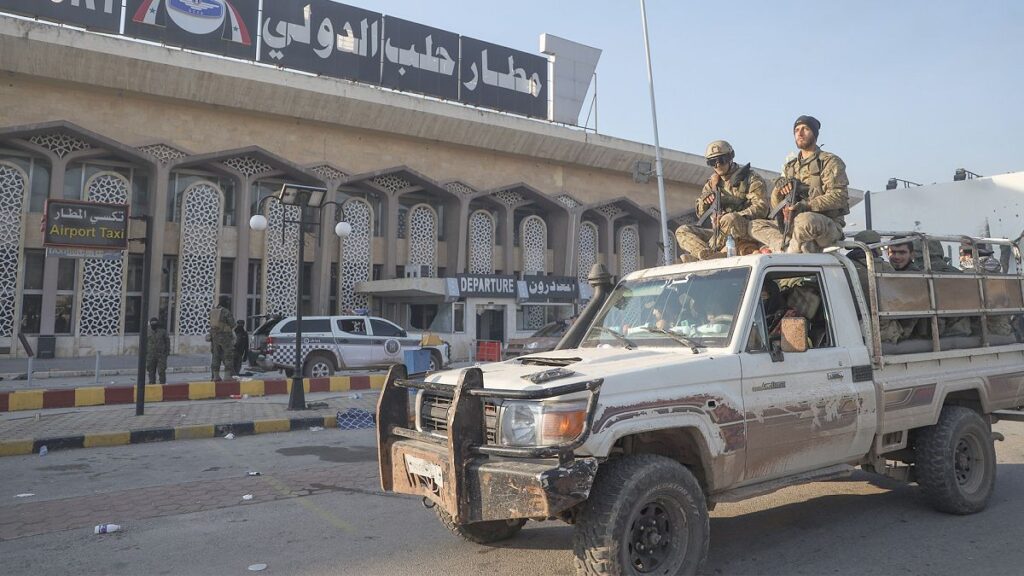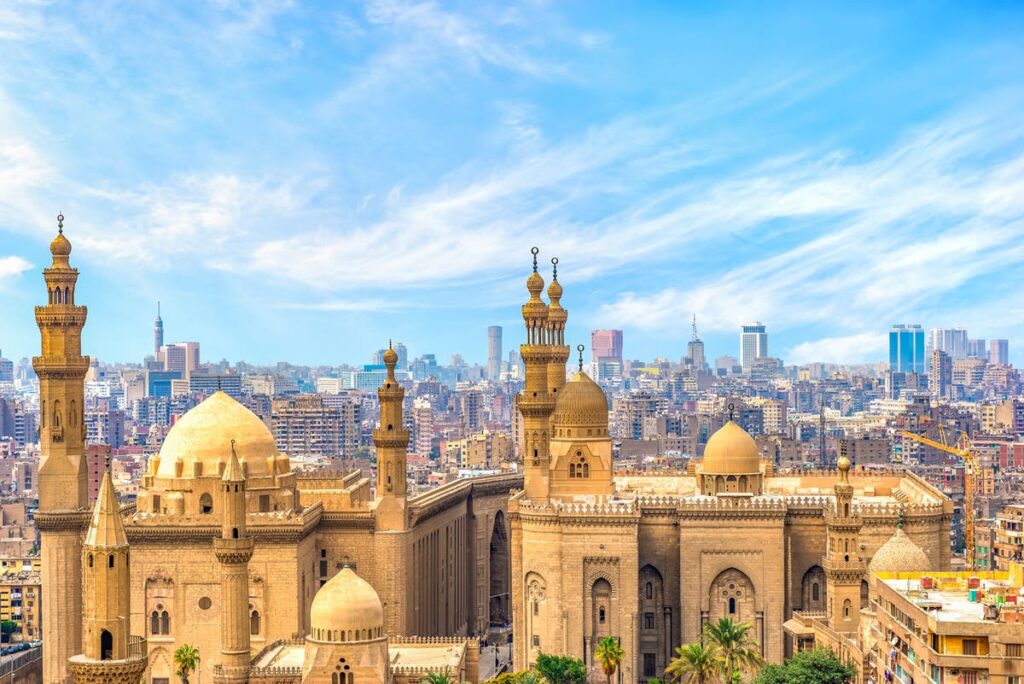War in Syria has suddenly re-exploded, having remained unresolved since 2011. As the factions reignite battle lines in a dispute that sees proxy support from many regional actors, Euronews guides you through the context and main actors.
With the Lebanese ceasefire is barely holding, a new insurgent unexpected offensive has been shaking Syria since last week after almost five years of a relative truce. The Syrian Army (SyA) of Bashar al-Assad has been losing ground to a Turkey’s proxy Jihadist militia. The precarious balance of the fragmented country could revamp a widespread conflict among factions, militias and their foreign powers sponsors competing in the region. What are the origins and who are the main actors of the Syrian never ending conflict?
Timeline of Crisis
The National Government of Bashar al Assad is a secular autocratic system ideologically rooted in the socialist-inspired Arab nationalism of the Baath Party.
The Assad family held Syria’s various Islamic and ethnic communities together for almost 60 years through strict control of the security forces and a strong partnership with the Soviet Union and then Russia.
President Assad’s secular unitary state came under pressure during the Arab Spring in 2011, when street protests quickly evolved into a violent civil war that caused more than 300,000 deaths, killing around 1.5% of the pre-war population.
The war saw proxy confrontation among foreign powers wrestling for influence in the region.
Democratic opposition to Assad’s regime was rapidly replaced by a Jihadist insurgency supported by Turkey, Saudi Arabia and Qatar; while Iran, Russia and the Lebanese Hezbollah came to the rescue of Assad.
Meanwhile Turkey seized the opportunity of a weakening Assad regime to project political influence against Kurdish militant groups based of the YPG that had sanctuaries in Northern Syria.
Ankara, along with the Gulf monarchies, sponsored Salafist militant groups who were pushing against the YPG.
The first years of war saw losses for Assad’s Army of the Syrian Arab Republic, as its soldiers lost ground advancing forces of ISIS, brutal Islamist militants who seized control of important parts of the Syrian and of Iraqi territory, declaring a new Caliphate.
ISIS imposed strict and violent government on the region threatening the very existence of Syria.
Russia and Iran, fearing for the potential loss of a crucial partner in such a strategic area, intervened directly in the conflict, to save Bashar al Assad’s government and their own military outposts.
Russia has two important Eastern Mediterranean bases on the Syrian shore: a naval port at Tartus, and a military airport in Kheimim.
Iran needs the Syrian territory to keep open its strategic influence which spreads through to Lebanon, where Hezbollah is a proxy Iranian faction.
Aleppo was reconquered from Salafist al-Nusrat forces in 2016 after four years of sieges by the Assad’s army with the assistance of the Russian artillery, which shelled the city and levelled it. According to military analysts the Russians applied similar tactics when seizing Mariupol during the 2022 invasion of Ukraine.
The combined actions of the Russian air force and Private Military Companies (Wagner) with the Iranian Revolutionary Guards special units and the Hezbollah from nearby Lebanon recovered a large part of the territory from Salafist and ISIS militias by 2017.
Meanwhile the US had moved into the Syrian war in 2014 to help eradicate ISIS and to protect the Kurds and the democratic forces in the oil-rich northern region.
A precarious balance of powers
A series of ceasefires were brokered between 2017 and 2020, and following precarious cessation of hostilities, the Assad recovered control of almost 80% of the country.
The remaining Syrian territories are divided into several areas. The Syrian Salvation government – responsible for the recent incursion of Aleppo – is based in Iblid and supported by Turkey and Qatar.
The Autonomous Administration of North and East Syria – supported by the US – comprises the Kurdish areas, along with Syrian provinces such as Afrin, Raqqa, Deir Ez-Zor and others. This area is an oil rich, democratic-oriented federation, supported by the West and a safe haven for some of the Kurdish militant groups that fought against ISIS, Turkish special forces and their proxies.
Other Syrian islets of territory remain under the control of the ISIS.
Turkey continues to occupy large areas of Northern Syria along its borders. Ankara shares the administration of these regions with the Syrian Interim Government (SIG) a galaxy of different Syrian opposition groups, officially devout though non-fundamentalist political Muslim factions.
The US has a military base in Al-Tanf located at the strategic border with Iraq near Jordan, from where it has been conducting strikes against Iranian targets.
The US Army shares this territory with the so called Syrian Free Army another splinter anti-Assad armed group, whose force is called the Authenticity and Development Front, which comprises Jihadists and Syrian National Army defectors.
Premium IPTV Experience with line4k
Experience the ultimate entertainment with our premium IPTV service. Watch your favorite channels, movies, and sports events in stunning 4K quality. Enjoy seamless streaming with zero buffering and access to over 10,000+ channels worldwide.

















